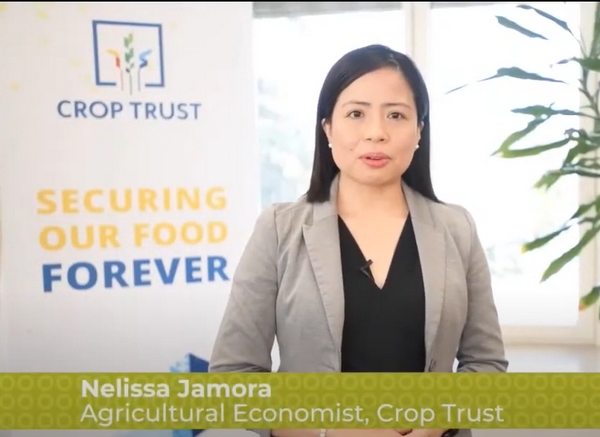In the mountainous region of Panjakent, Tajikistan, modern greenhouse technology is transforming agriculture. The Mogiyon-Agro complex has already produced over 35 tonnes of vegetables from just 1.5 hectares, thanks to fully automated systems. This article explores how innovation and local investment are driving sustainable food production in Central Asia.
In a region where agriculture is shaped by elevation, weather variability, and limited arable land, Mogiyon-Agro, an agricultural enterprise in Panjakent, Tajikistan, is setting a powerful example of innovation-driven farming. Launched in 2023 with the support of private investor Murodkul Yusupov, the automated greenhouse complex—spanning 1.5 hectares across Kavola and Mogiyon rural communities—has already delivered over 35 tonnes of fresh vegetables to markets in and beyond the city.
Breakdown of production so far includes:
- 15+ tonnes of cucumbers
- 17 tonnes of tomatoes
- 3 tonnes of bell peppers and cauliflower
- Various herbs and leafy greens
As of early 2025, the greenhouses are continuing to yield tomatoes and strawberries, while new cycles of cucumbers and bell peppers are already in bloom, ready for harvest in the coming weeks.
Automation: A Catalyst for Consistent Yields
What sets Mogiyon-Agro apart is its fully automated production system. From lighting and irrigation to nutrient dosing and climate control, every aspect of cultivation is managed by technology. This precision enables:
- Year-round production, even during colder months
- Optimized resource use, reducing water and fertilizer waste
- Higher plant health and yields, through consistent growing conditions
According to the Food and Agriculture Organization (FAO), Tajikistan faces significant challenges in agricultural productivity, including short growing seasons and limited water availability. In this context, automated greenhouses offer a sustainable solution to overcome environmental constraints and extend production cycles.
Global research supports these efforts: A 2024 report by Research and Markets estimates that the global smart greenhouse market will reach USD 4.2 billion by 2028, growing at a CAGR of 9.7%. Central Asia, with its strong agricultural base and increasing interest in climate-resilient infrastructure, is emerging as a promising growth region.
Regional Impact and Future Plans
Beyond sheer output, Mogiyon-Agro is contributing to:
- Local food security by reducing dependence on seasonal imports
- Job creation in rural communities
- Knowledge transfer through exposure to advanced agri-technologies
The enterprise plans to expand its production range, and potentially increase its greenhouse footprint depending on market demand and investment conditions. With consistent supply and competitive quality, Mogiyon-Agro has begun building long-term supplier relationships with retailers and markets in other regions of Tajikistan.
Lessons for Other Growers
For other agricultural entrepreneurs and policy-makers in Central Asia and beyond, Mogiyon-Agro’s model offers several takeaways:
- Even modest-scale, high-tech greenhouses (under 2 hectares) can be commercially viable and highly productive
- Private investment plays a crucial role in modernizing agriculture, particularly in developing regions
- Automation reduces dependence on seasonal labor, while ensuring higher consistency and quality
The success of Mogiyon-Agro’s automated greenhouses in Panjakent demonstrates the powerful potential of technology in transforming agriculture, even in challenging environments. With just 1.5 hectares, the enterprise is producing consistent, high-quality yields year-round. For Central Asia and other regions facing climate, labor, or land constraints, smart greenhouses offer a clear path forward toward sustainable and profitable farming.









